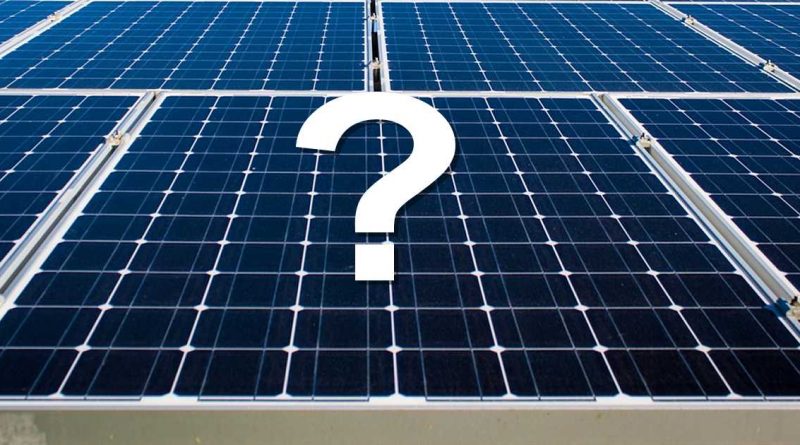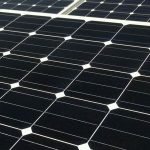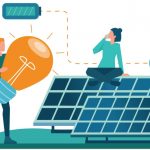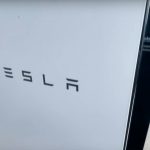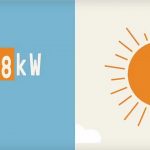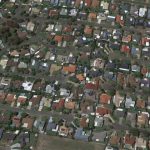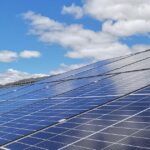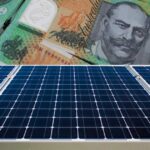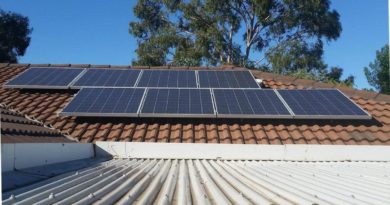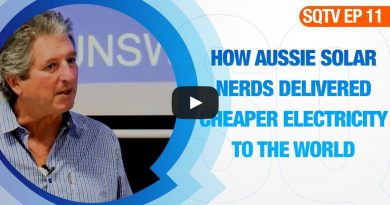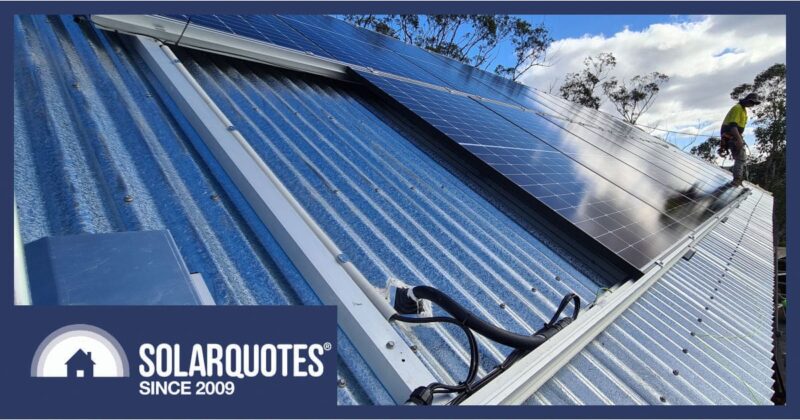AEMC Responds To “Solar Tax” Confusion And Misinformation
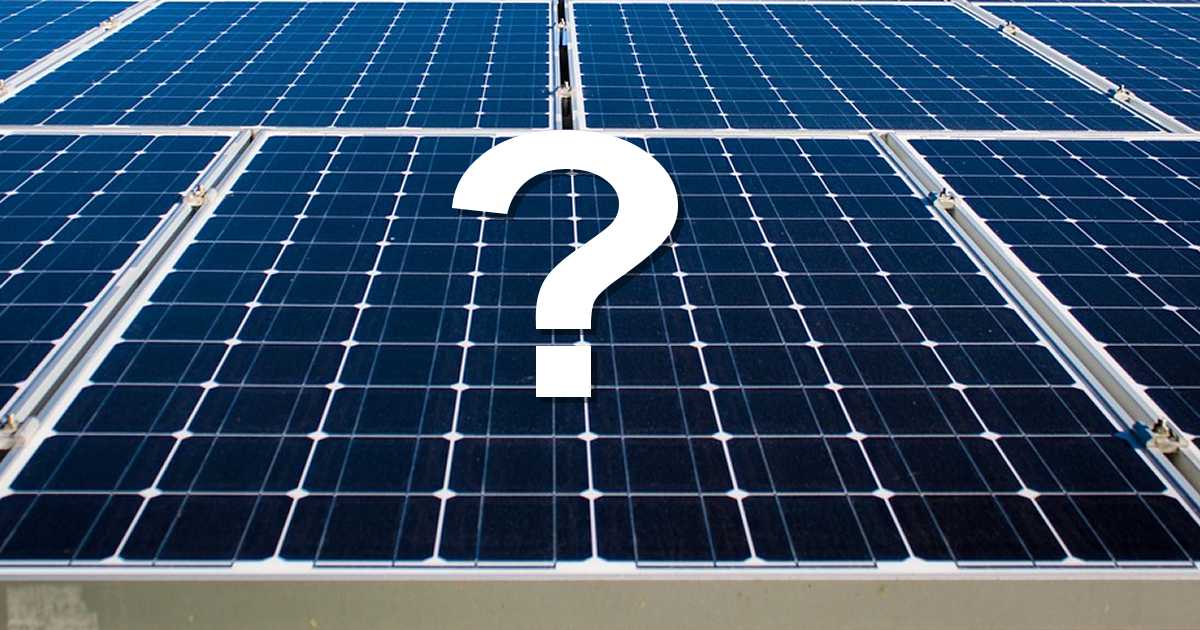
The Australian Energy Market Commission has copped some undeserved flak over its proposals to help ensure many Australians can benefit more from installing solar panels well into the future.
Just to briefly recap to this point:
Australia’s grid was originally designed to cater to one-way electricity flows – into premises. The popularity of rooftop solar has seen increasing amounts of energy flowing out from homes and businesses. It has reached a point in some areas where grid congestion is such that new solar owners are being severely export limited, and in extreme cases zero export limited.
It’s an unfair situation.
One of the fixes is spending even more cash on poles and wires – and that means bigger bills for everyone; solar and non-solar owners alike.
But there are other ways. In March, the AEMC released its draft determination outlining how more rooftop solar can be integrated into Australia’s grid.
One of the elements is encouraging networks to better reward solar and battery owners for sending power to the grid when it’s needed and allowing them to apply a surcharge on exports when there is a high level of congestion. The surcharge effectively knocks a couple of cents off the feed in tariff during these times in order to encourage increased solar energy self-consumption.
AEMC Encourages Healthy *Informed* Debate
The focus on these charges from some corners while glossing over or even ignoring other aspects of the AEMC’s proposals – such as the rewards – has led to anger among some solar owners. That’s understandable if they don’t have all the information.
“We welcome a healthy debate on these proposals, which is important in releasing them for consultation,” states the AEMC. “At the same time, it’s important that people have the facts about what these proposals are –and what they are not. This will lead to a more productive conversation.”
To this end, yesterday the AEMC released a “10 Facts” document regarding its proposals.
Concerning the overall financial impact of the charges, the AEMC again provides a few examples of system sizes. In the 6-8kW range, it pegs the financial annual benefits currently at $1,284. Annual benefits if export charges were introduced would be $1,178, so $106 less – and this the upper limit of effect.
The AEMC states it has a high level of confidence in its calculations, and says even if feed-in tariffs drop, solar will remain a good investment. As we previously mentioned, even in an extreme scenario in the future where FiTs drop to a couple of cents or below, then it’s just a matter of configuring an inverter to not export during these times.
Savvy system owners maximising solar energy self-consumption may see much less impact than the AEMC estimates, and perhaps even a positive result if they are able to export at times when the grid needs their solar electricity goodness.
Among the other points the AEMC makes in the document:
- Solar customers are already losing out due to energy “traffic jams” and congestion on the grid – and this will only get worse.
- Charges are a recommendation – not set in stone. There are other strategies networks could implement such as offering a choice of fixed or flexible solar exports; which are set to be trialed in South Australia.
- Charges and rewards would vary area to area depending on local network capacity.
- This won’t happen overnight (it will take some years) and will occur in consultation with communities, with safeguards in place.
- The changes are to encourage networks to invest in better solar export services, not to make Distributed Network Service Providers more money.
The AEMC also busts a prevalent myth that large electricity generators don’t have to pay to use the grid – they do it says; coughing up significant up-front costs that ensure their facilities can be supported.
Perfect Vs. The Good
As things stand, it is going to take years to nut out these changes. The risk is ongoing flat-out opposition based on opinions formed without all the facts will drag it out for a lot longer. By that point – as SolarQuotes founder Finn recently mentioned – things will be a real mess.
It’s in everyone’s interests to ensure this doesn’t happen. While the AEMC’s solutions aren’t perfect, as SQ’s Ronald said – perfect should not be the enemy of the good.
The AEMC document: Making room for more solar: 10 facts you should know.
Original Source: https://www.solarquotes.com.au/blog/aemc-sun-tax-facts-mb2005/

